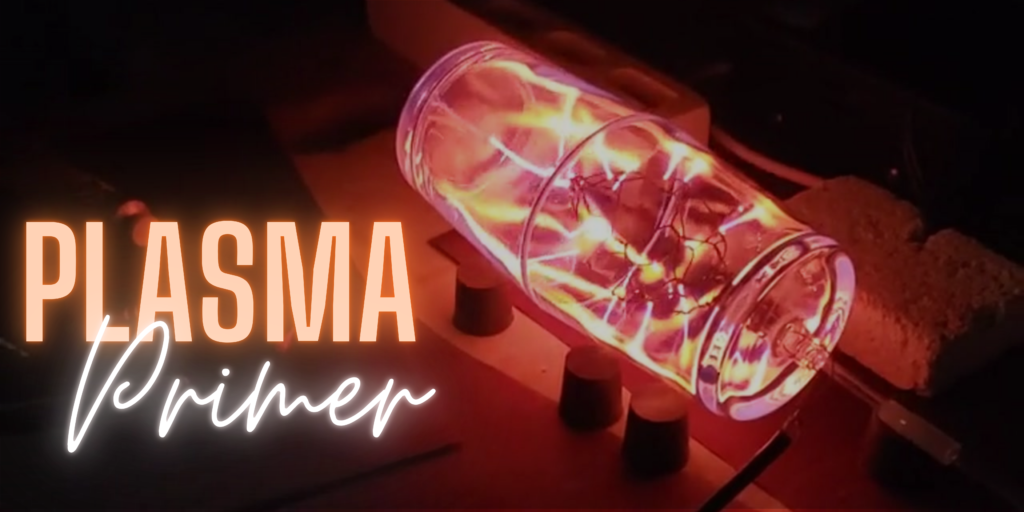There’s been a delay on the release on the first Podcast, I’ve had to reschedule my talk with our guest several times. The topic we will cover is the difference between Traditional Neon, and Plasma. It’s good topic to start us out on, to get everyone on the same page.
Today I would like to also share with you an article about the Noble Gas Xenon below:
We’ve Finally Figured Out Where Some of Earth’s Mystery Xenon Came From |
A simple answer would be from the air in Earth’s Atmosphere. For a more indepth answer I’ll consult Neon Techniques 4th Edition by Wayne Strattman.
The air that we breath contains many different gases in various amounts. Pure air, that is, without water, carbon dioxide, and dust contains primarily seven gases: 78% Nitrogen, 21% Oxygen, 0.9% Argon, 0.001% Neon, with the following being in quantities less than 0.001% Helium, Krypton, and Xenon.
The final five gases are what we are mostly concerned with, and they are often called Noble, rare, or inert gases.[1] If you reference back to your High School chemistry class you will be familiar with Noble Gases on the far right of the Periodic Table of Elements. The term Noble Gas refers to gases that are colorless, odorless, tasteless, and non-flammable. They are Noble in the sense that they are very stable (chemistry: stability is due to having the maximum number of valence electrons in their outer shell can hold), meaning they do not react with other elements. Therefore, the term “Inert Gases” isn’t such an accurate term as it states that they cannot react. While they do not react naturally, they can under intervention by scientists and researchers. You may also hear them called Rare Gases, which is also misleading. While they are in much smaller quantities compared to nitrogen and oxygen, they are quite abundant. It would be like the comparison of finding water in cacti or small oasis in the desert, then rarity in terms of finality.
Initially It was expensive and impossible to be economical and commercially available for use , until 1907 when French Scientist George Claude perfected a process for obtaining these gases cheaply which he developed with the German scientist, Carl Paul Gottfried Linde, through the process of making liquid air.[2]
Liquefaction of Air is the processes of air becoming a liquid by cooling, similar to condensation on cool glass. Liquid Air at a temperature of -196℃ (-371℉) contains primarily liquid nitrogen, oxygen, and argon. These three liquids have different boiling points (points at which go from liquid to gas). When the oxygen is allowed to boil, argon and nitrogen remain. Then the nitrogen is removed by chemical means, leaving pure argon. This same process is applied for separation of the other gases. Gases like Helium are obtained much more cheaply from natural gas deposits, where the mix is much greater in concentration.[3]
[1] Wayne Strattman, Neon techniques: handbook of neon sign and cold cathode lighting, 4th ed. (Cincinnati, OH: ST Media Group, 2003), 18.
[2] Ibid 19
[3] Ibid 20
Thank you,
Percy Echols II
Sorcerer Apprentice





